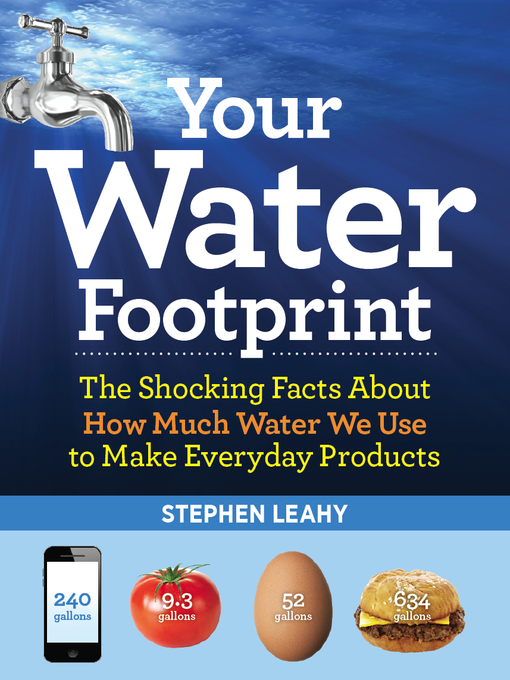The average American lifestyle is kept afloat by about 2,000 gallons of H2O a day.
The numbers are shocking.
Your Water Footprint reveals the true cost of our lifestyle. A "water footprint" is the amount of fresh water used to produce the goods and services we consume, including growing, harvesting, packaging, and shipping. From the foods we eat to the clothes we wear to the books we read and the music we listen to, all of it costs more than what we pay at the check-out. The 125 footprint facts in this book show the true cost of our lifestyle and what it is doing to Earth, including draining it dry.
The "Virtual Water Concept" shows the amount of water used in human activities. Presented in clever, understandable graphics, Your Water Footprint raises readers' awareness of how much water is used to make the things we use, consume and grow.
What we put on our dinner table has a very high cost. Nearly 95 percent of our water footprint is hidden in the food we eat:
A cotton t-shirt takes almost as much water as beef, a pair of jeans even more. In fact, all aspects of our daily lives require water in some way, shape or form. The saying that "nothing is free" applies more to water than anything else we consume, considering just three percent of the world's water is drinkable and that we are using more of it than ever before. Factor in climate change, population growth and pollution and we have an unsustainable situation. Many experts predict dire water shortages if we continue on our current path.
Your Water Footprint is riveting. Consumers of all ages will be stunned by what it reveals. It is an excellent reference and an exciting way to introduce the resource-consumption equation to students.





